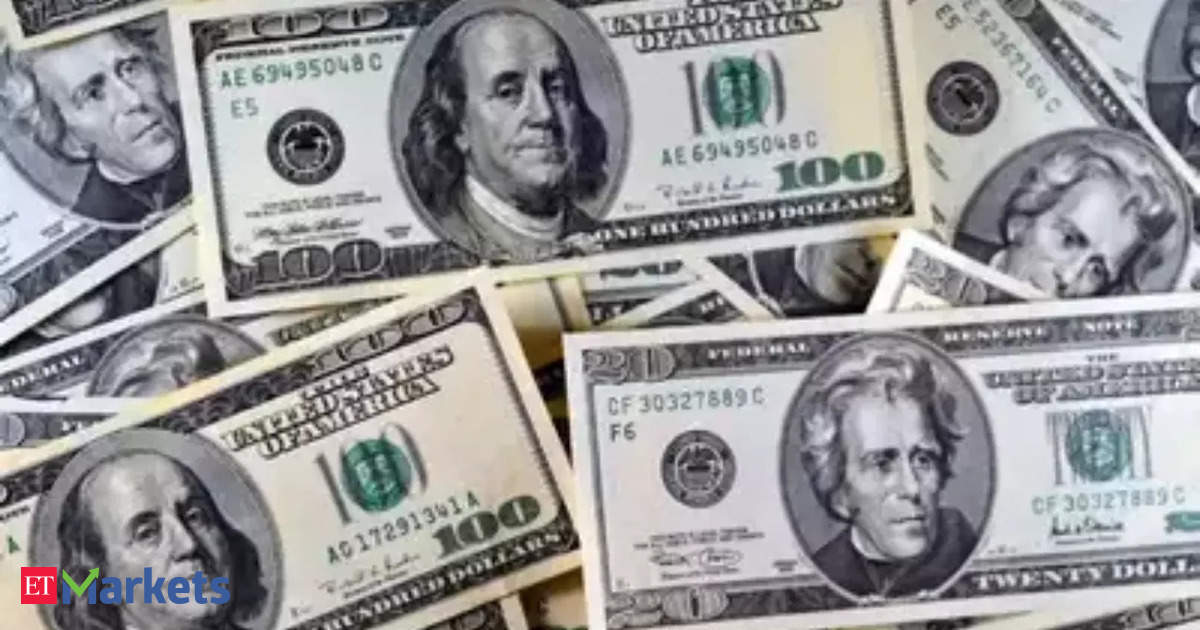Dollar rebounds on hot US import prices
benefits
last week that pointed to underlying strength in the .
The jump in the price index for U.S. imports in April was the largest one-month increase since it rose 2.9% in March 2022, the said. Prices for U.S. imports last declined on a monthly basis in December, BLS said.
"The market is of course very sensitive to signs of inflation from wherever it may come, and the import price series that we got today was meaningfully stronger than expected," said Brain Daingerfield, head of G10 FX strategy at in Stamford, Connecticut.
"The Fed wants to see consistent progress in more than just one point. The number we got yesterday - the CPI - was not as bad as feared," he said. "But I don't think it was enough to materially change the market's outlook for the Fed and that's reflected in the way that the dollar has bounced back today."
The dollar rebounded from a sharp decline against all major currencies on Wednesday when data showed
U.S. inflation slowing to 0.3% in April from a month earlier.
The slowing of consumer prices prompted to price in the likelihood that the Fed would cut rates twice this year, with the first coming as early as September.
The import price data, however, raised caution as the dollar index, which tracks the currency against six major peers, rose 0.29% to 104.49 after sliding 0.75% on Wednesday.
A strong U.S. economy also questions how fast inflation might slow.
"Claims between 200,000 and 250,000 tells you you've got a strong labor market," said Steven Ricchiuto, U.S. chief economist at in New York.
"The reality is inflation is moderating to 3%. That's still above target. Maybe you're jumping to the gun on the inflation story," he said.
Initial claims for state unemployment benefits dropped 10,000 to a seasonally adjusted 222,000 for the week ended May 11, the said. Economists polled by Reuters had forecast 220,000 claims in the latest week.
Easing labor market conditions and the resumption in inflation's downward trend have raised the odds of a rate cut in September.
The last month left its overnight unchanged in the current 5.25%-5.50% range, where it has been since July.
The dollar dropped 1% against the yen on Wednesday but was up 0.26% on Thursday at 155.28, having fallen as low as 153.6 before weak Japanese growth figures dented the yen.
The Japanese currency has fallen around 9.5% this year as the has kept loose while higher Fed interest rates have drawn money towards U.S. bonds and the dollar. The yen has been particularly sensitive to any widening or closing of the interest rate differential.
The euro hit a two-month high at $1.0895 on Thursday before dipping to trade 0.19% lower at $1.0861. Britain's pound reached a one-month top of $1.2675 before falling back 0.20%.
Bitcoin rose 0.23% to $66,130.
Source: Forex-Markets-Economic Times
